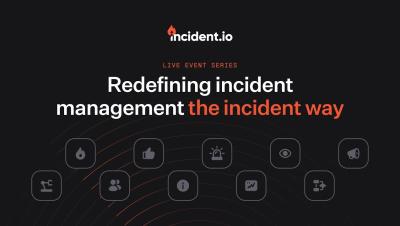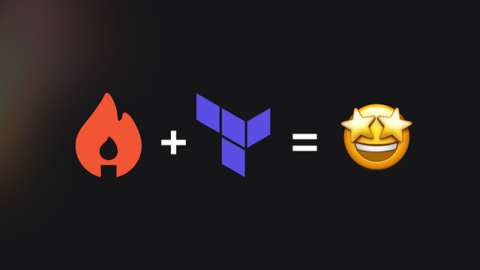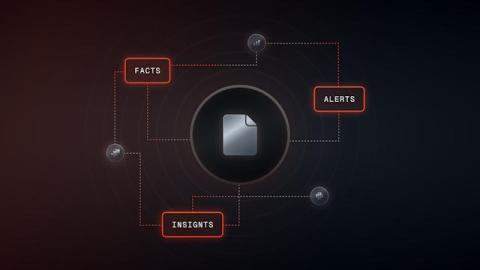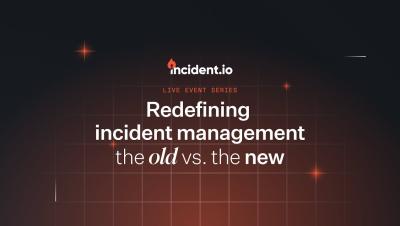Using AI to understand what sets incident.io apart from the competition
Whenever a new customer joins incident.io, we make notes on what made them chose to buy our product and, if we were in a competitive process, why they chose us over other providers they were evaluating. It’s a lot of messy data and raw notes, but contained within is a veritable treasure trove of customer feedback. Summarising large amounts of data? Sounds like the perfect job for an LLM.









